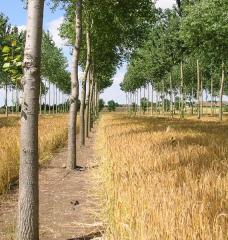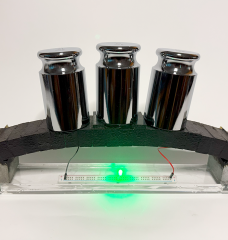
Photo Credit
Photo courtesy of Louis Vest on Flickr. License: CC BY-NC.
This class is about figuring out together what cities and users can do to reduce their energy use and carbon emissions. Many other classes at MIT focus on policies, technologies, and systems, often at the national or international level, but this course focuses on the scale of cities and users. It is designed for any students interested in learning how to intervene in the energy use of cities using policy, technology, economics, and urban planning.
Instructor: Professor David Hsu
See the course materials, including lecture videos >






